Goemon Ishikawa XIII has anchored the ‘Lupin the Third’ universe for decades, bringing classical swordsmanship and austere discipline to a world of thieves, gadgets, and globe-trotting capers. As the thirteenth heir to a storied name, he carries traditions that collide and harmonize with modern heist work. From the lore of his katana to his measured role on Lupin’s crew, Goemon blends folklore, martial rigor, and distinctive visual design into one unforgettable character.
Zantetsuken: The meteoric blade
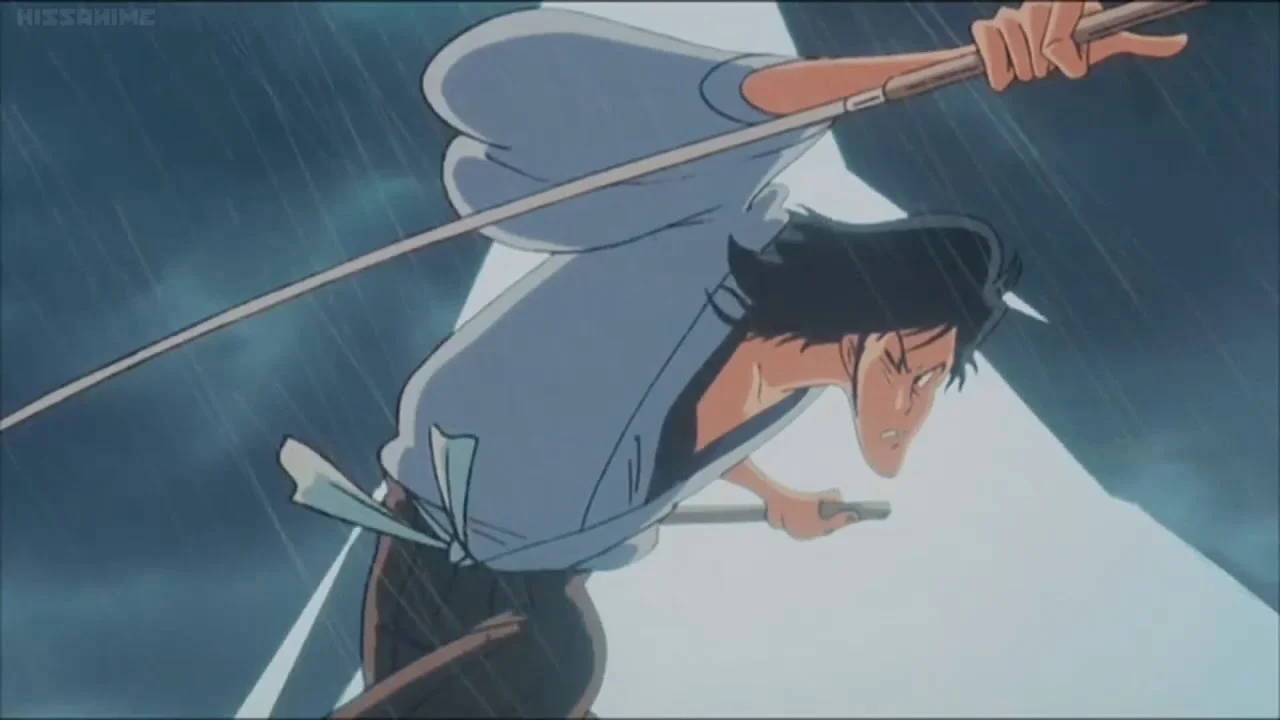 Monkey Punch
Monkey PunchGoemon’s katana, Zantetsuken, is frequently portrayed as forged from a meteor or otherwise extraordinary steel, with its exact origin varying by continuity. Across the franchise, it is shown slicing through vehicles, firearms, and heavy barriers with a precisely timed draw. The sword’s effectiveness relies on structural timing rather than brute force. Careful maintenance and ritual respect for the blade are recurring parts of his characterization.
Master of iai and classical kenjutsu
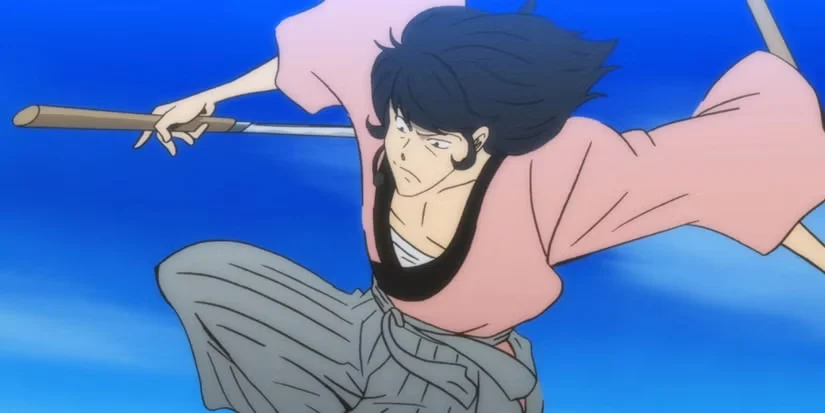 Monkey Punch
Monkey PunchGoemon’s technique centers on iai, the art of drawing and cutting in a single fluid motion. He emphasizes posture, controlled breathing, and a strike delivered the instant the blade clears the scabbard. Scenes often show him sheathing the sword before the environment registers the cut. This approach highlights timing and economy of movement as the core of his fighting style.
A samurai code in a modern world
 Monkey Punch
Monkey PunchGoemon follows a personal code inspired by bushidō, prioritizing restraint, sincerity, and loyalty once a bond is formed. He keeps a minimalist lifestyle, trains consistently, and avoids indulgence even when the crew celebrates. Conflicts arise when his principles collide with opportunistic plans, creating story beats where honor, not expedience, drives decisions. That tension shapes many of his pivotal moments.
The namesake’s historical roots
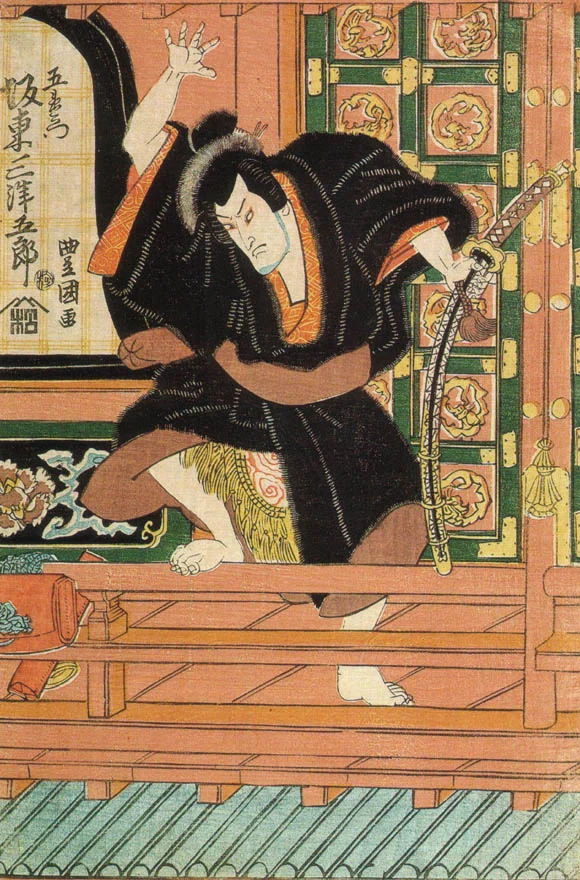 Utagawa Toyokuni I
Utagawa Toyokuni IThe character is framed as a descendant and namesake of the 16th-century outlaw Ishikawa Goemon, a folk figure tied to daring theft and dramatic legends. This lineage explains the “XIII” and links the modern swordsman to a mythic past. The series uses that connection to blend period iconography with contemporary settings. It also contextualizes his devotion to tradition in high-tech scenarios.
Precision catchphrase and its meaning
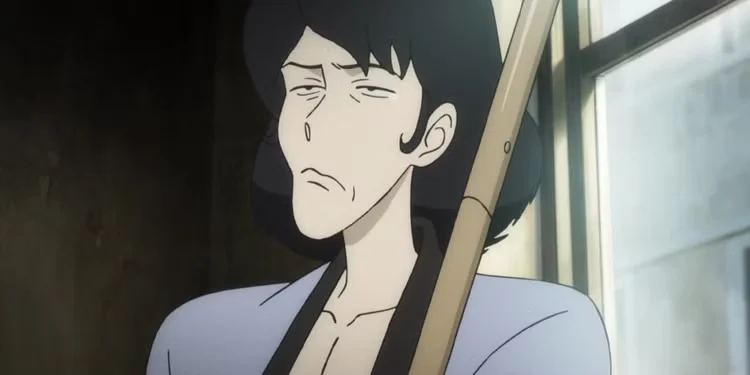 Monkey Punch
Monkey PunchAfter a decisive cut, Goemon often remarks with a line commonly translated as “I have cut a worthless object.” The phrase distances him from reveling in violence, treating the act as a necessary but regrettable measure. It functions as a moral coda that critiques the situation rather than boasting about skill. The repetition across entries cements it as a signature moment signaling resolution.
Role within Lupin’s crew
 Monkey Punch
Monkey PunchWithin Lupin’s team, Goemon acts as the surgical solution when planning or gunfire cannot resolve a problem. He coordinates with Jigen’s long-range support and Lupin’s improvisation, stepping in when timing is critical. His skepticism can delay his involvement, but once committed he follows through with exacting focus. This division of roles balances the crew’s audacity with precision.
Iconic look and traditional kit
 Monkey Punch
Monkey PunchGoemon’s design leans on traditional attire—hakama trousers, kimono or yukata layers, and wooden geta—paired with long, straight hair. He carries Zantetsuken with formal care, underscoring the ceremonial feel of his movements. Animators depict him with clean lines and composed stillness before sudden bursts of action. The contrast with modern backdrops makes his entrances instantly recognizable.
Sword lore: limits, upkeep, and rare failures
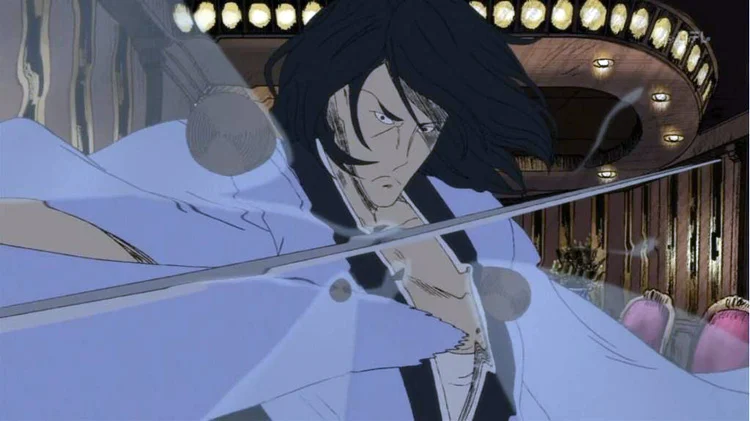 Monkey Punch
Monkey PunchAlthough Zantetsuken is depicted cutting almost anything, stories occasionally establish practical limits that demand perfect timing or present unusual hardness. Narrative arcs show Goemon cleaning, honing, or seeking expert help when the blade suffers damage after extraordinary strain. These interludes reinforce that stewardship and craft knowledge matter as much as the weapon itself. They also create plot threads tied to tradition, metallurgy, and mastery.
‘Lupin the IIIrd: Goemon’s Blood Spray’ (2017)
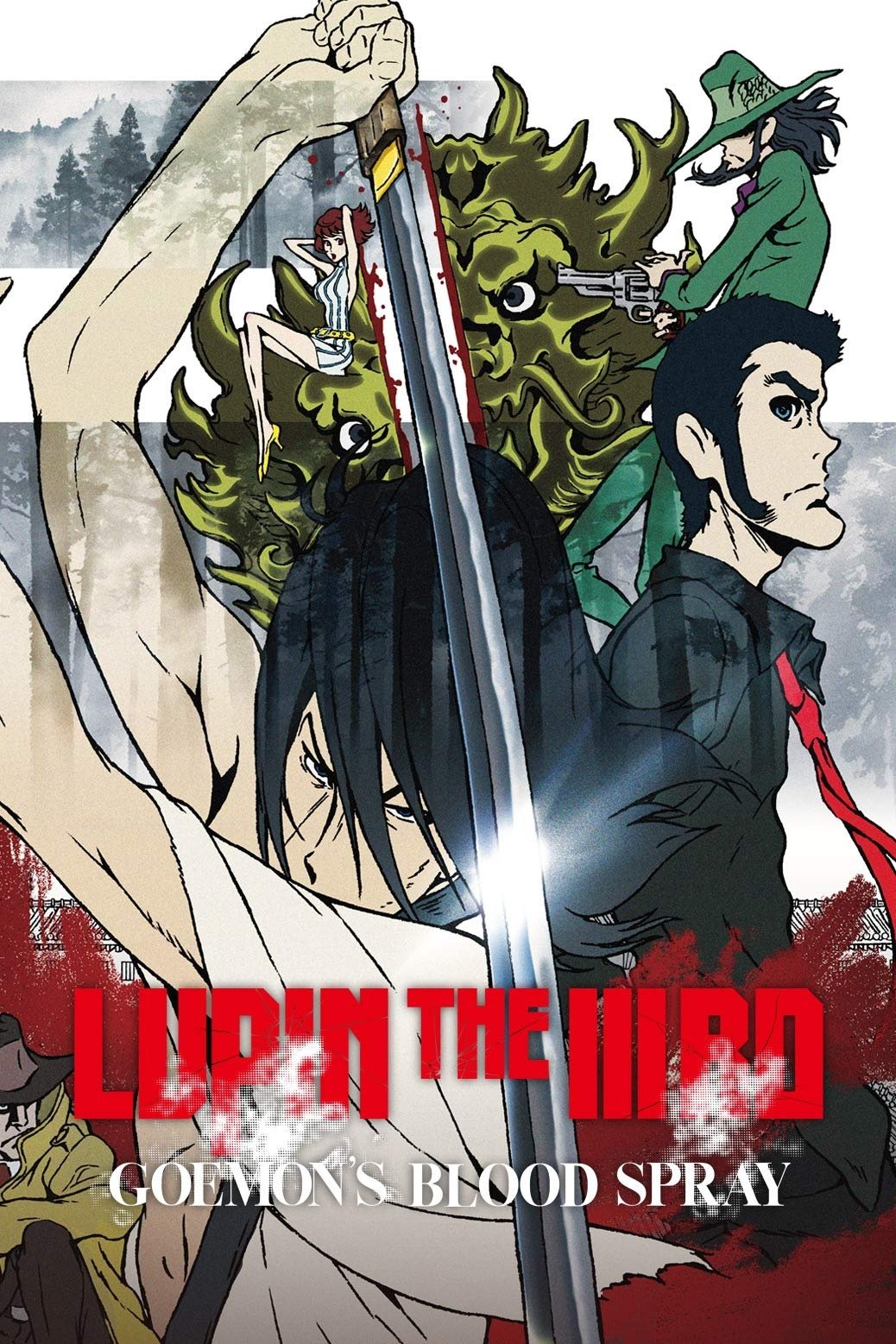 Telecom Animation Film
Telecom Animation FilmThis feature follows Goemon’s transformation from bodyguard to the composed swordsman fans recognize, prompted by a crisis that exposes the cost of failure. It focuses on rigorous retraining, a recalibration of purpose, and the refinement of technique under pressure. The story foregrounds his inner life while preserving stylized action and tightly staged duels. Its emphasis on discipline and recovery deepens his later portrayals.
‘Lupin the Third: The Fuma Conspiracy’ (1987)
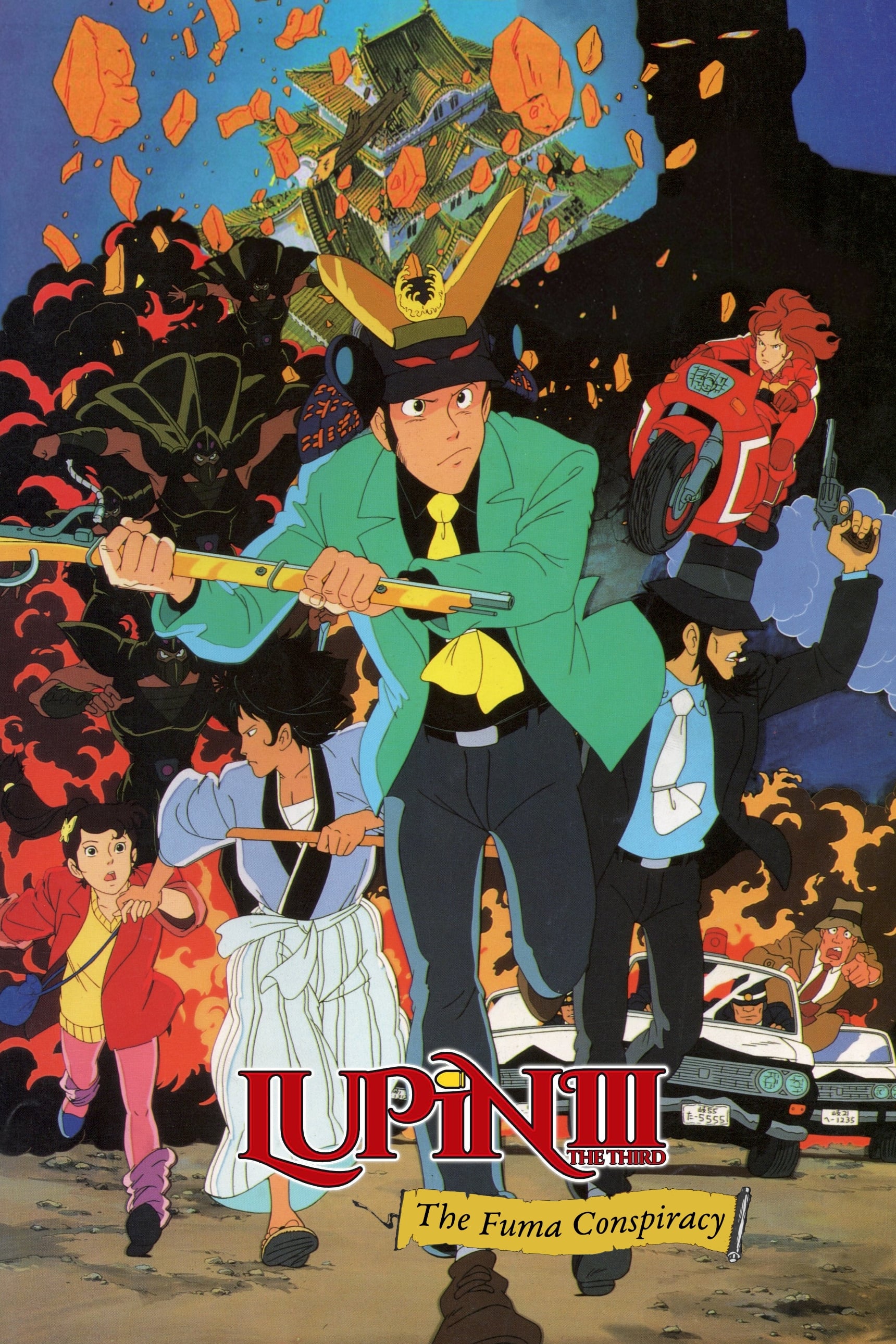 TOHO
TOHOSet around a feud with a ninja clan, this film places Goemon’s personal commitments at the center, including a planned marriage disrupted by inherited grudges. The plot leans on classical motifs such as hidden treasure, rival lineages, and obligations to family. Coordinated set-pieces showcase how his sword skills navigate traps and overwhelm elite opponents. The focus on tradition and duty complements his guiding values.
Share your favorite Goemon moments in the comments and tell us which portrayal of the swordsman resonates most with you!

.jpeg)






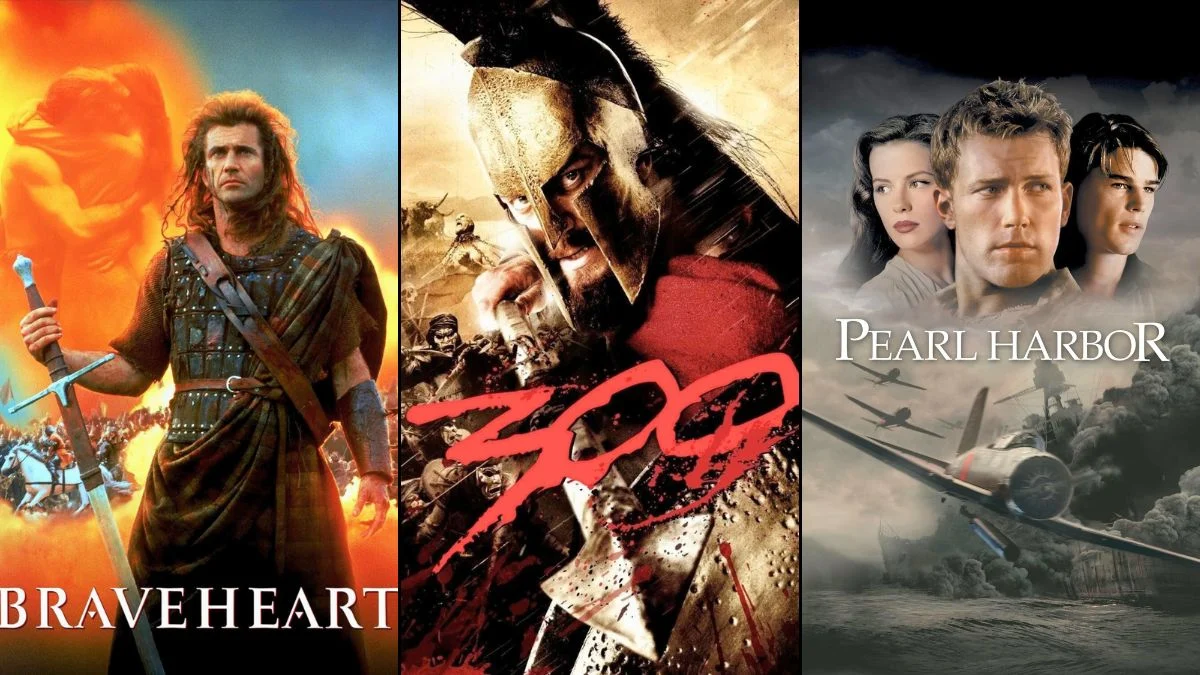















.jpeg)












 English (US) ·
English (US) ·